For some of us, Halloween is a year-round thing movie-wise. We seek out the creepiest, the goriest, the just outright wrong-est horror movies the globe has to offer. And, frankly, we look at the last-minute October horror tourists scrambling around the video store shelves for their one “scary movie” night of the year like a guy with New York license plates asking, “Hey sport — where’s a guy get one o’ them lobsters around here?”
Luckily, this particular horror snob is using his powers for good (albeit in service of evil movies) this year in order to help you spice up your Halloween night. So here are my picks for 10 great overlooked horror movies:
“Pontypool” (2008): Don Imus-like shock jock Grant Mazzy (a tour de force performance from the grizzled, mesmerizing Stephen McHattie) is on the skids, his only job the wee-hours morning shift at a tiny station broadcasting out of a church basement in the titular tiny Canadian town. One morning, as a blizzard rages outside, he and his two-person production crew start to receive rumors of unusual behavior amidst the usual traffic reports and Mazzy’s rambling, sardonic monologues. Reports of people speaking strangely and, well, eating people.
A bizarre, thoughtful, darkly-comic entry in the crowded zombie genre, “Pontypool” gradually and masterfully builds tension, with the three-person crew finding out snatches of the increasingly terrifying situation alongside the audience.
“The Signal” (2007): Another attempt to wring fresh fear from the zombie concept, “The Signal” skillfully builds a world where human civilization gradually, inexplicably unravels in the face of the inexplicable. In this case, it’s a mysterious broadcast whose scattered sounds and images get inside the human mind, causing madness and murderous violence. As a star-crossed young couple (a very sympathetic Anessa Ramsey and Justin Welborn) fights to stay alive and find each other amidst the mounting madness, we’re treated to three separate vignettes of a world gone murderously mad.
With its bloody mix of drama, gore and ghoulish dark comedy, “The Signal” will get inside your head.
“Behind the Mask: The Rise of Leslie Vernon” (2006): A far more clever (and scary) example of “meta-horror” than “Scream,” this low-budget indie posits a world where movie-style serial killers are an accepted fact of life. A documentary film crew follows one such aspiring slasher Leslie Vernon (a slyly menacing Nathan Baesel) seeking to craft himself into the next big killer.
At first, the film’s clever deconstruction of horror tropes (if you think you’re a potential slasher victim, do not hang out with a virgin) and cliches are amusing. But, just as the viewer starts to get smug and comfortable, things take a darker, more unexpected turn.
With able support from industry vets Robert Englund (Freddy Krueger), Zelda Rubenstein (“Poltergeist”) and, creepiest of all, character vet Scott Wilson as Vernon’s semi-retired slasher mentor, “Behind the Mask” is both an insightful treat for horror fans and a gripping slasher flick in its own right.
“Martin” (1976): Between his seminal zombie classics “Night of the Living Dead” and “Dawn of the Dead,” legendary director George A. Romero made this unusual, character-driven horror about a young man (John Amplas) who believes himself to be a vampire. The film plays it cagey as to whether young Martin is a bona fide bloodsucker or if he’s just been driven mad by the fanatical insistence that he is from his fundamentalist (and lunatic) uncle.
Vampire or not, Martin gets up to some bloody (and very disturbing) acts and yet, in the hands of Romero’s subtle direction and Amplas’ troublingly sympathetic performance, the character’s tragic nature makes “Martin” a haunting, upsetting horror sleeper.
“Are You the Walkers?” (2011): Featured on last year’s edition of the Maine-made horror anthology “Damnationland,” director Derek Kimball’s film is a masterful example of short-form storytelling, employing skillful editing and diabolically judicious deployment of facts to lead inexorably to one of the most chilling endings I’ve ever seen. (Yeah, I said it.)
Two estranged friends retreat for a weekend of male bonding to an isolated lakeshore cabin. A blizzard, an unexpected knock at the door, the discovery of a strange object and the use of a horror prop so ingenious I can’t believe I’ve never seen it used before. For anyone who’s ever listened to the howl of the Maine winter wind and prayed for morning
“Stakeland” (2010): Like a vampiric version of “The Road,” “Stakeland” posits a post-apocalyptic America where humans cower among the decaying ruins of civilization, hiding out from the conquering bloodsuckers. A taciturn lone wanderer (Nick Damici) reluctantly takes on a young traveling companion after the boy’s family is sucked dry. Together, the pair set out for a rumored sanctuary in Canada, coping with the animalistic vamps and barbaric humans who’ve taken up a particularly nasty brand of Christian fundamentalism.
Making effective use of its miniscule budget and delivering both exciting and bloody action and good, small-scale performances (including a nearly unrecognizable Kelly McGillis), “Stakeland” delivers a uniquely grim twist on the vampire genre.
“The House of the Devil” (2009) Director Ti West creates what could easily be a 1985 long-lost horror cult classic in this atmospheric, deviously-directed chiller about a young college student (Jocelin Donahue) who, desperate for money, answers the “babysitter wanted” flier from a creepy local couple (brilliantly played by genre vets Tom Noonan and Mary Woronov). Once she and her chirpy tagalong pal Great Gerwig arrive at the couple’s requisitely creepy mansion, Noonan reveals that her assignment isn’t exactly what she was told, and as the night goes on, she gradually realizes things are even less ideal than she thought.
West is clearly a student of the genre, and the way he plays with the expected conventions and springs unexpected twists along the way produces alternating gasps and giggles.
“The Orphanage” (2007): In this Spanish-language haunted house flick, a woman (the exquisitely weathered Belen Rueda) moves her husband and young son back into her gothic childhood home, which she intends to turn into an orphanage for handicapped children. Of course, there are buried secrets, hidden rooms, a spooky medium (Geraldine Chaplin) foretelling terrible things and her son’s imaginary friend, a silent little guy in a creepy burlap mask who Rueda starts glimpsing at unexpected times around the house and grounds.
Directed by J.A. Bayona, “The Orphanage” has a lot in common with Guillermo Del Toro’s celebrated “The Devil’s Backbone,” but I think this one is even better. Bayona’s skill with sudden, deeply shocking reveals and Rueda’s beautifully empathetic performance provide added layers to the well-worn plot.
“Cube” (1997): Like a particularly brilliant and nasty episode of “The Twilight Zone,” this fiendish Canadian puzzle box of a movie sets up an outlandish, irresistible premise and then spends 90 minutes squeezing every drop of tension out of it.
Seven strangers wake up in identical cube-shaped rooms. They’re all dressed in jumpsuits stenciled with their names and have no memory of how they got there. Each of the six walls of the rooms have an identical hatch leading to an identical room. Oh, and some of the rooms are equipped with very. very nasty booby traps.
As each victim tries to make sense of their predicament, we’re in the same boat. You know, except that we’re not in danger of being sliced to ribbons if we make the wrong choice. With decent performances from the increasingly desperate victims, “Cube” is a diabolically constructed terror device.
“May” (2002): A lonely, troubled and decidedly odd young woman (the remarkable Angela Bettis) tentatively reaches out for friendship and love, only to react to her inevitable rejection in, shall we say, eccentric ways in this bloody, disturbing and oddly touching character study from director Lucky McKee.
Bettis’ May, with her social awkwardness, her isolation and her lazy eye, is the quintessential outcast, except that her perpetual silent marginalization masks a lurking insanity that eventually reveals itself in a third-act outburst (appropriately occurring on Halloween) as brutal as it is tragically poetic. A shocking and beautiful final shot.
Dennis Perkins is a Portland freelance writer.
Send questions/comments to the editors.

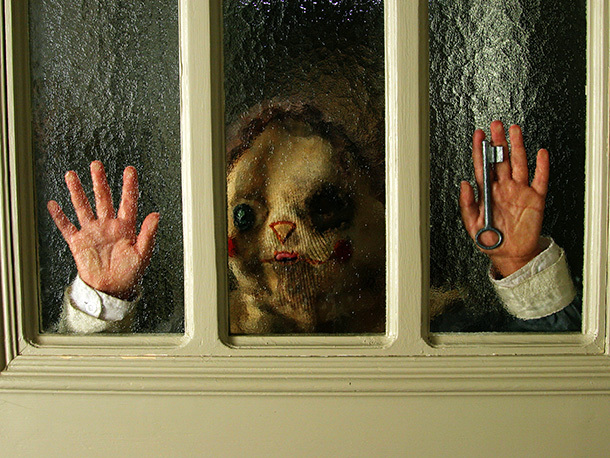
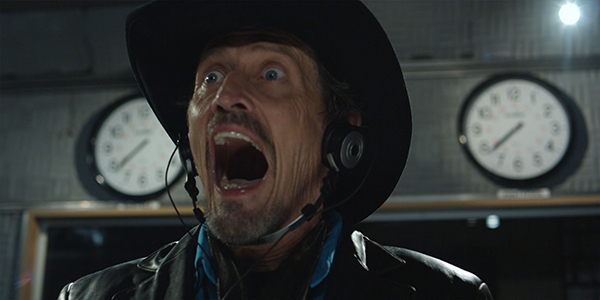
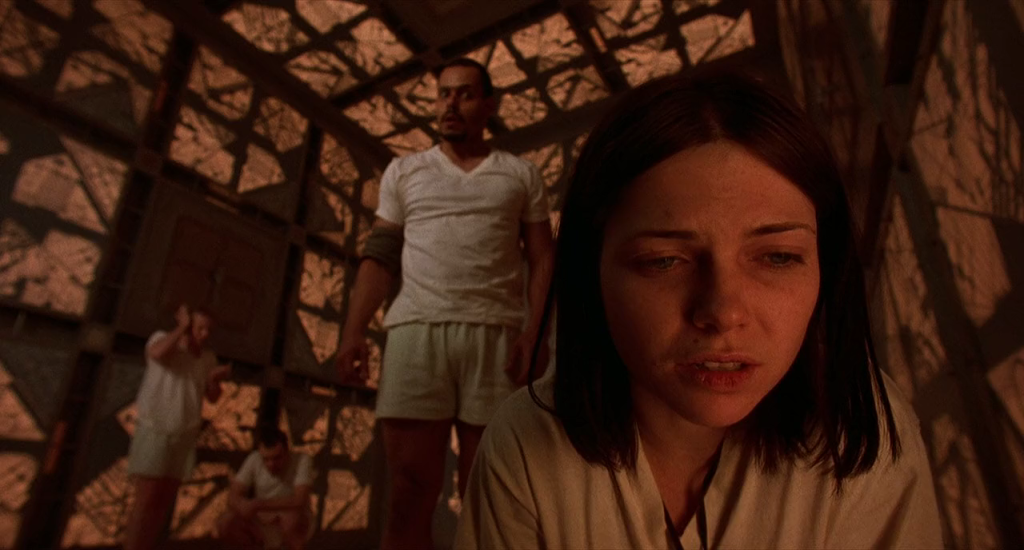
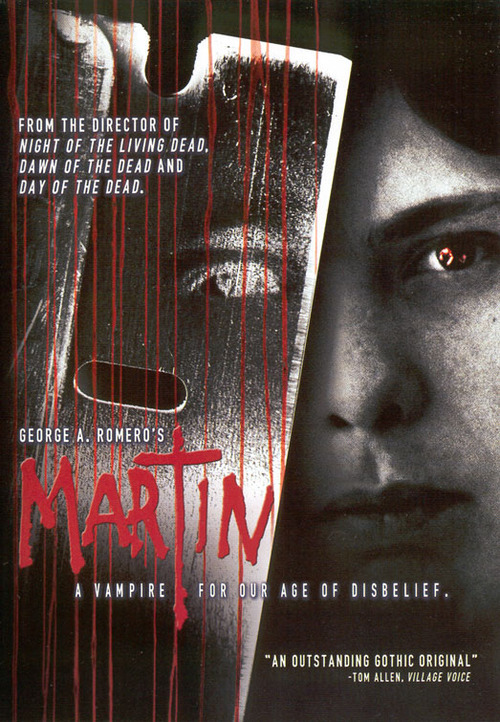
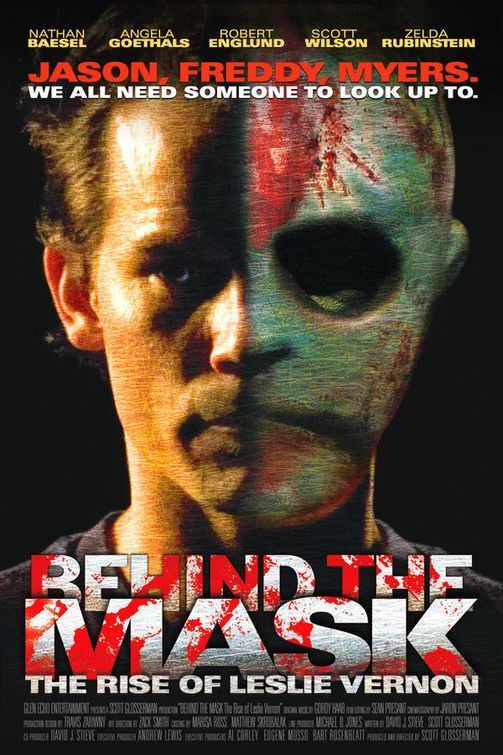
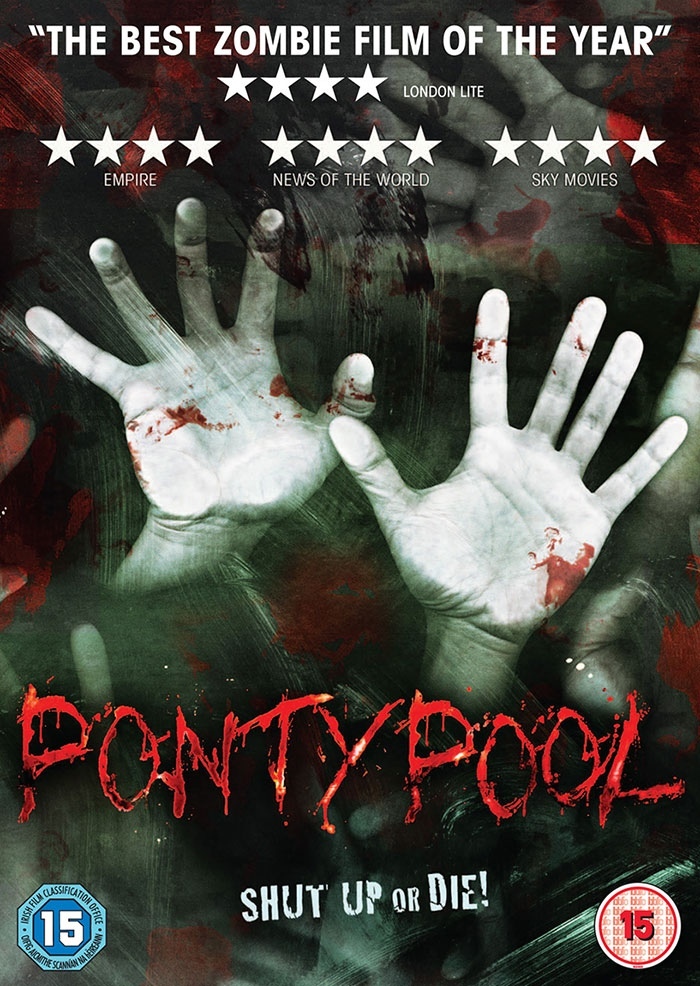
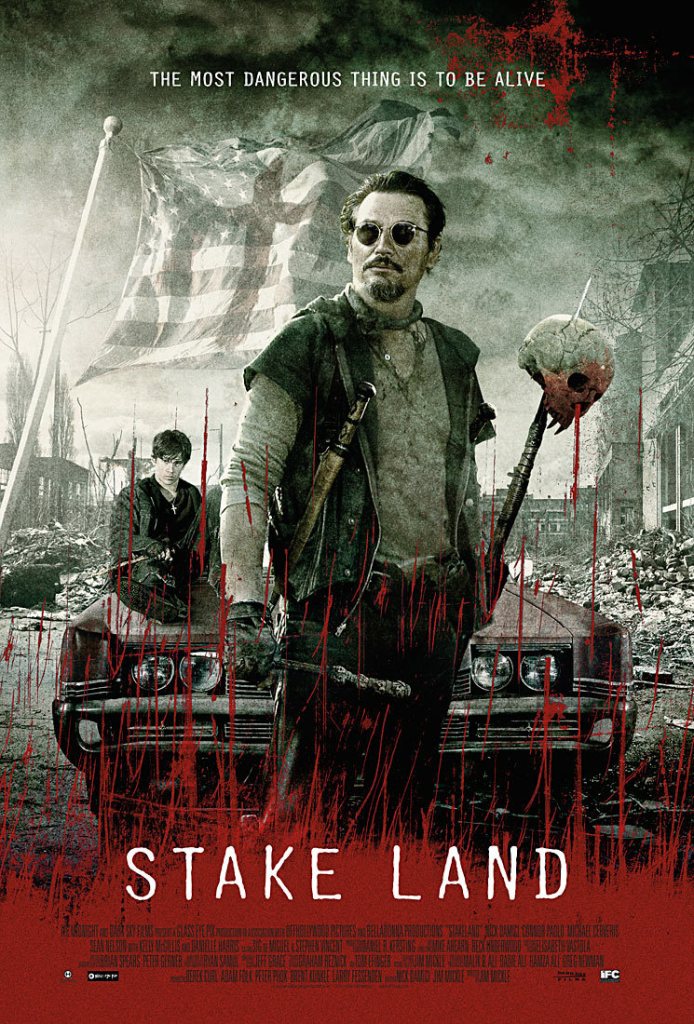
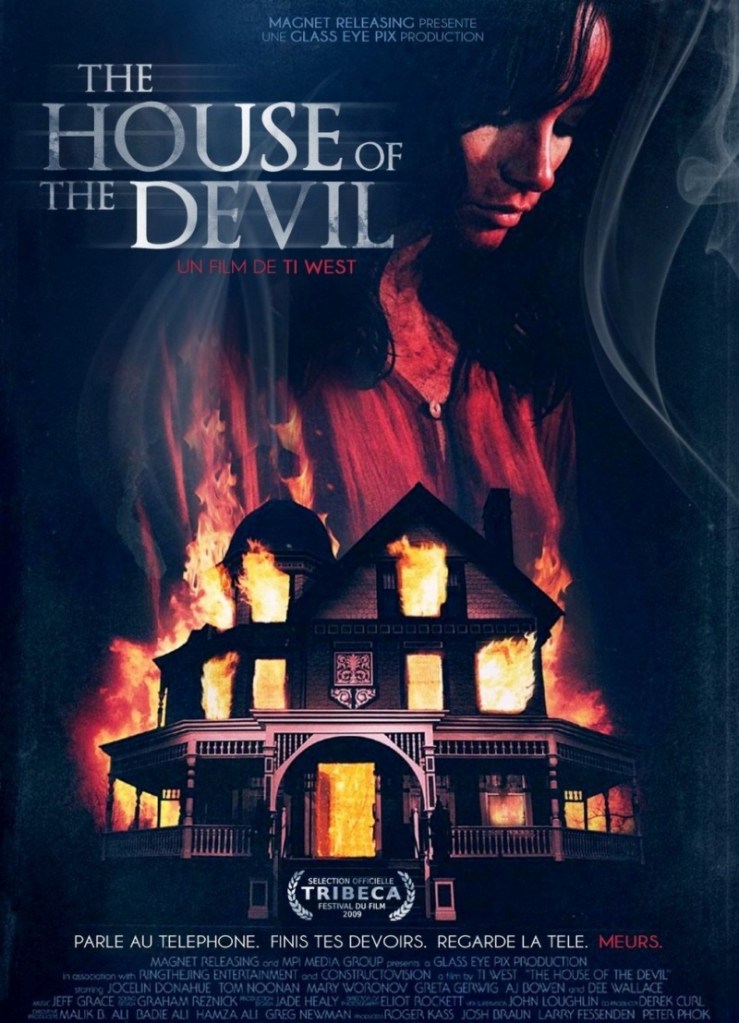
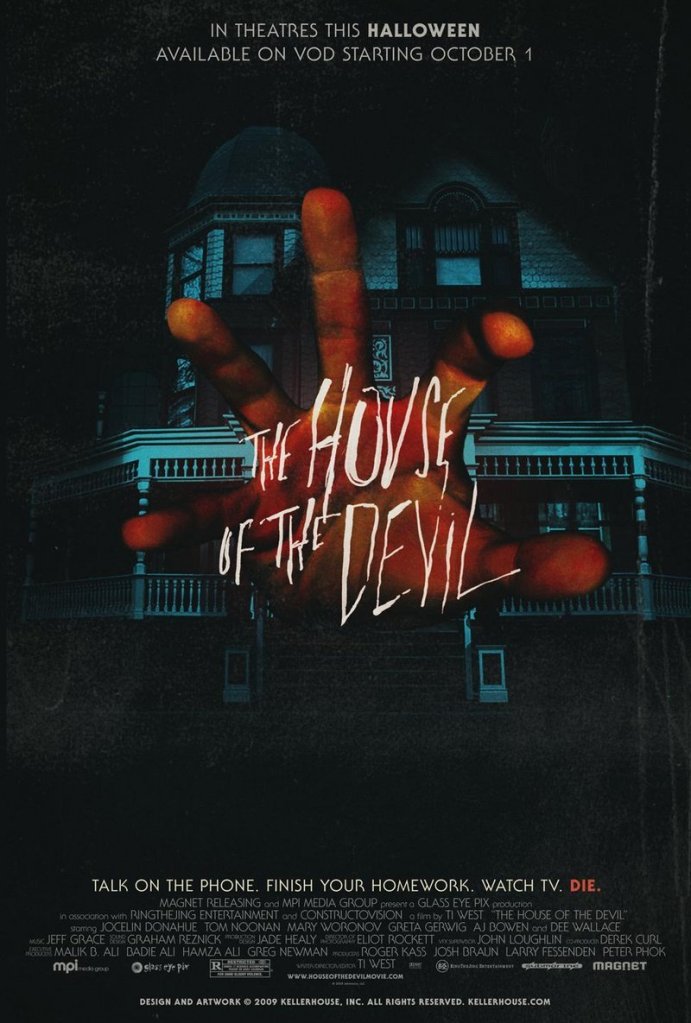

Success. Please wait for the page to reload. If the page does not reload within 5 seconds, please refresh the page.
Enter your email and password to access comments.
Hi, to comment on stories you must . This profile is in addition to your subscription and website login.
Already have a commenting profile? .
Invalid username/password.
Please check your email to confirm and complete your registration.
Only subscribers are eligible to post comments. Please subscribe or login first for digital access. Here’s why.
Use the form below to reset your password. When you've submitted your account email, we will send an email with a reset code.